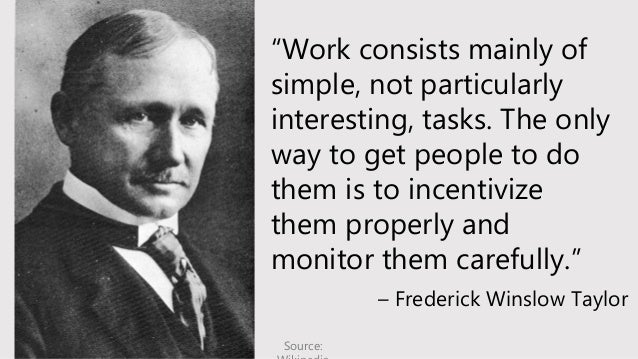
SHOULD THE BUSINESS PROCESS OR THE TECHNOLOGY DRIVE REENGINEERING?
In Businesses, reengineering is the major reevaluating and radical upgrade of the business procedures to accomplish dramatic changes in basic contemporary measures of execution, for example, cost, quality, administration and Speed. Information Technology plays a major part in Business Process reengineering as it provides office automation, it permits the business to be led in various areas, gives adaptability in assembling, allows speedier conveyance to clients and delivery of fast and paperless exchanges. All in all it permits a proficient and compelling change in the way in which work is performed, so in my opinion the drive for both the processes and technology go hand in hand for maximum efficiency in the business.
If technology is introduced too early on without the proper processes in place the plan of reengineering the business could fail. Similar efficiency can be gained through incremental improvement starting with the areas that need it the most and then gradually to all other areas of the business. Firms are capable to re-build their procedures by something many refer to as offshoring, this is finished by exchanging work structure and duties from offices in one country to another. The advantage of engaging an offshore firm to undertake a business's reengineering efforts is the reduction in the cost of labor, however the effects of this strategy on employee morale and resistance can be very negative due to job redundancy and some employees not being academically prepared for the new changes which in turn can increase staff turnover.
RISKS AND COSTS
The risk required with reengineering are high since it is a huge change action that can't be rehashed on the off chance that it turns out badly the first run through. It is frequently a high hazard action that includes money related venture and a danger of demotivated workers. Infringement of secrecy and protected innovation are a concern for organizations that outsource. This is especially valid for organizations that outsource to different nations that might not have the same sort of classification laws that some jurisdictions would see as a necessity more than requirement.
There are frequently concealed costs that can refute any investment funds. Outsourcing quite often implies work ends, which can negatively affect resolutions, dependability and efficiency among the staff representatives who remain. A distinction in time zones, especially when outsourcing to seaward organizations, can seriously influence the efficiency of representatives who direct and deal with that part of the business. What's more, travel and related costs can heap on these workers as they go forward and backward to improve on their skills and to attend meetings in other areas.
In the early 1990's, Micheal Hammer and James Champy published a book,"Reengineering the Corporation" and according to them in order for these two factors to be mitigated or reduced follow the below steps.
- Organize around outcomes, not tasks.
- Identify all the processes in an organization and prioritize them in order of redesign urgency.
- Integrate information processing work into the real work that produces the information.
- Treat geographically dispersed resources as though they were centralized.
- Link parallel activities in the workflow instead of just integrating their results.
- Put the decision point where the work is performed, and build control into the process.
- Capture information once and at the source.
Business Process Reengineering (BPR) is a "radical approach" to current business process systems. The idea is removing all unnecessary process flow in the business process and replacing it with one that can offer increased efficiency in the business. Business Process Management (BPM) uses a softer approach by continuously improving the existing business process. Without a doubt BPR is the most disrupting to workers and the most expensive.
reference links:
http://www.cips.org/Documents/Knowledge/Procurement-Topics-and-Skills/7-Understand-Need-Market-and-Options-Assessment/Outsourcing-Offshoring-and-Insourcing/CIPS_and_PACG_Re-engineering_and_Outsourcing.pdf
No comments:
Post a Comment